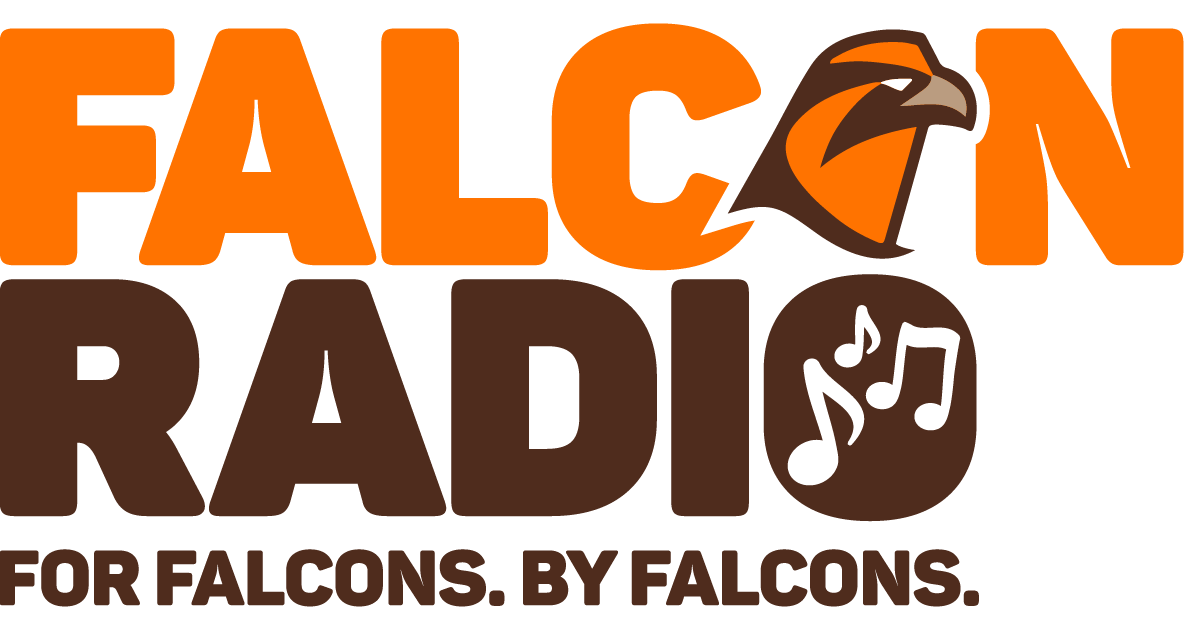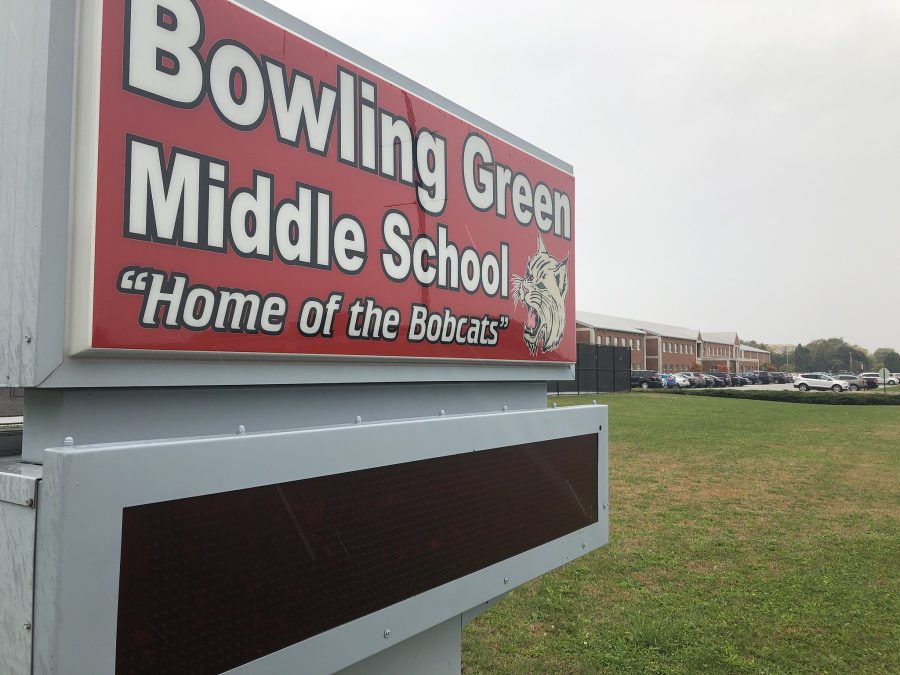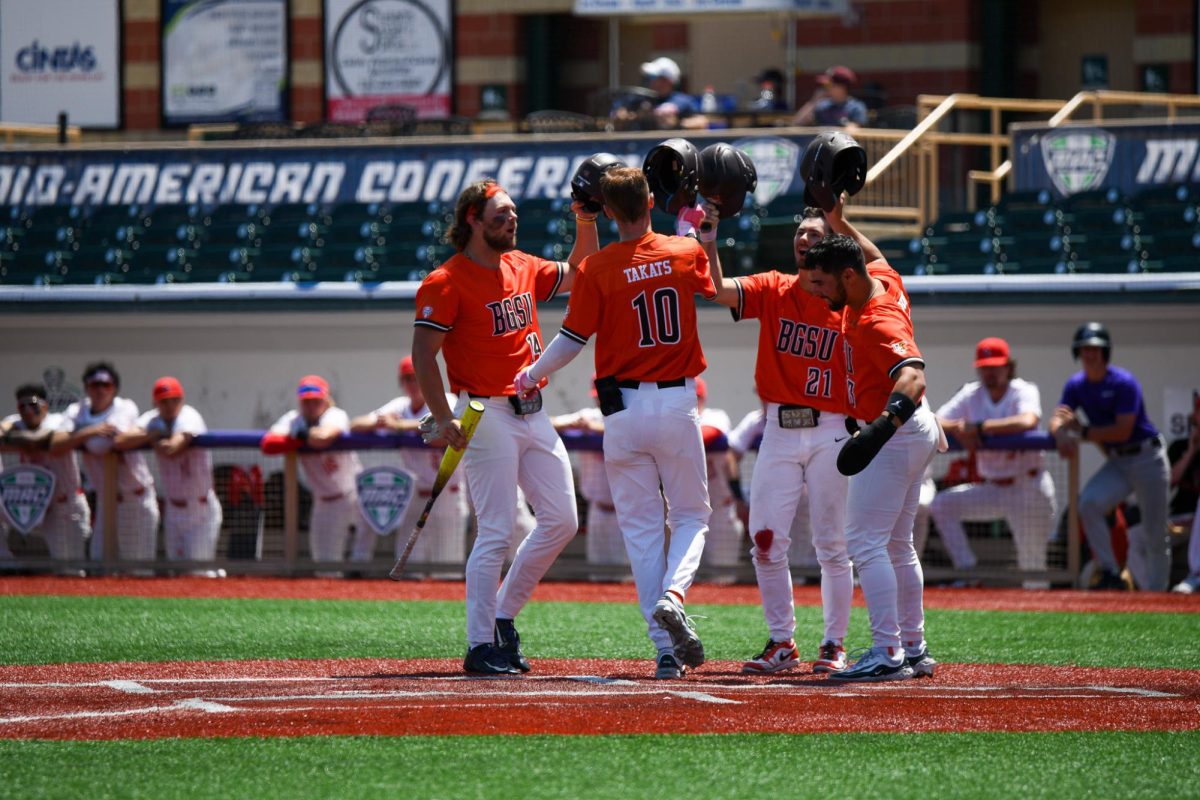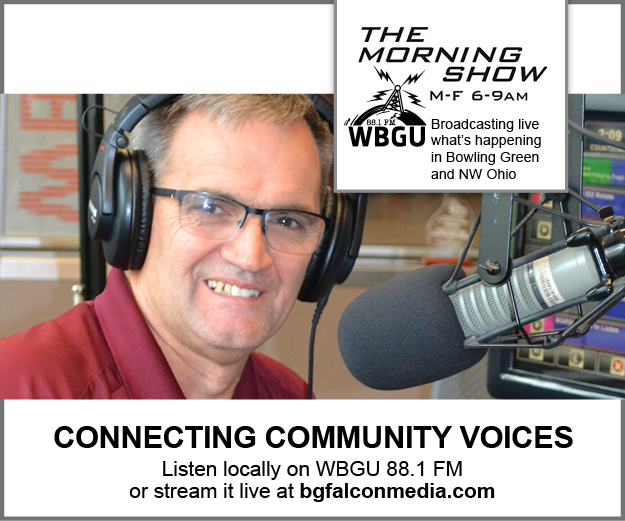College tuition rose at a somewhat slower rate this year, climbing 10.5 percent at public four-year colleges and 6 percent at private ones, a study found.
State budget cuts have forced public colleges to pass on more of their costs to students in recent years.
The College Board reported Tuesday that the average tuition for in-state students at four-year public schools is $5,132 this year. Last year, tuition rose 13 percent, the first double-digit increase in a decade.
Including room and board, the overall cost for in-state students at four-year public schools rose 8 percent to $11,354, following a 9 percent increase last year that was the highest since the early 1980s.
Most students do not pay the full sticker price. If they were to get the same level of student aid as last year — those figures are not yet available — the average student would pay about $8,000 at a public four-year college this year.
David Ward, president of the American Council on Education, which represents public and private schools, welcomed the easing of tuition increases but called for a public debate on the “quiet cost-shifting from state support to tuition that continues in far too many states.”
James Boyle, president of the group College Parents of America, said continued tuition increases may cause families “to turn away from higher education options for their children.”
The College Board study also shows that loans, as opposed to grants, are playing an increasing role in helping students pay for college.
“Last year we reported that for the last five years ending in 2002, grant aid had grown more rapidly than loans, and that was really encouraging news,” said Sandy Baum, senior policy analyst with the College Board, who presented the findings at a news conference in Washington. “Now, we really can’t say that anymore.”
Federal student aid rose 10 percent above inflation last year. Funding for Pell Grants, the primary support for low-income students and a topic in the presidential campaign, rose 6 percent above inflation.
Loans through banks and other private sources accounted for 16 percent of education loans in 2003, compared with 7 percent in 1998.
The study does not include credit card debt, which as many as one-quarter of college students may be relying on to finance their education. There has also been sharp growth in unsubsidized federal loans to students and parents.
Baum said the average student loan debt, about $20,000, is reasonable for college graduates given their increased earning power. But she said poor students, who do not benefit as much from tax breaks that help wealthier students, could be vulnerable if the trend toward loans continues.


















